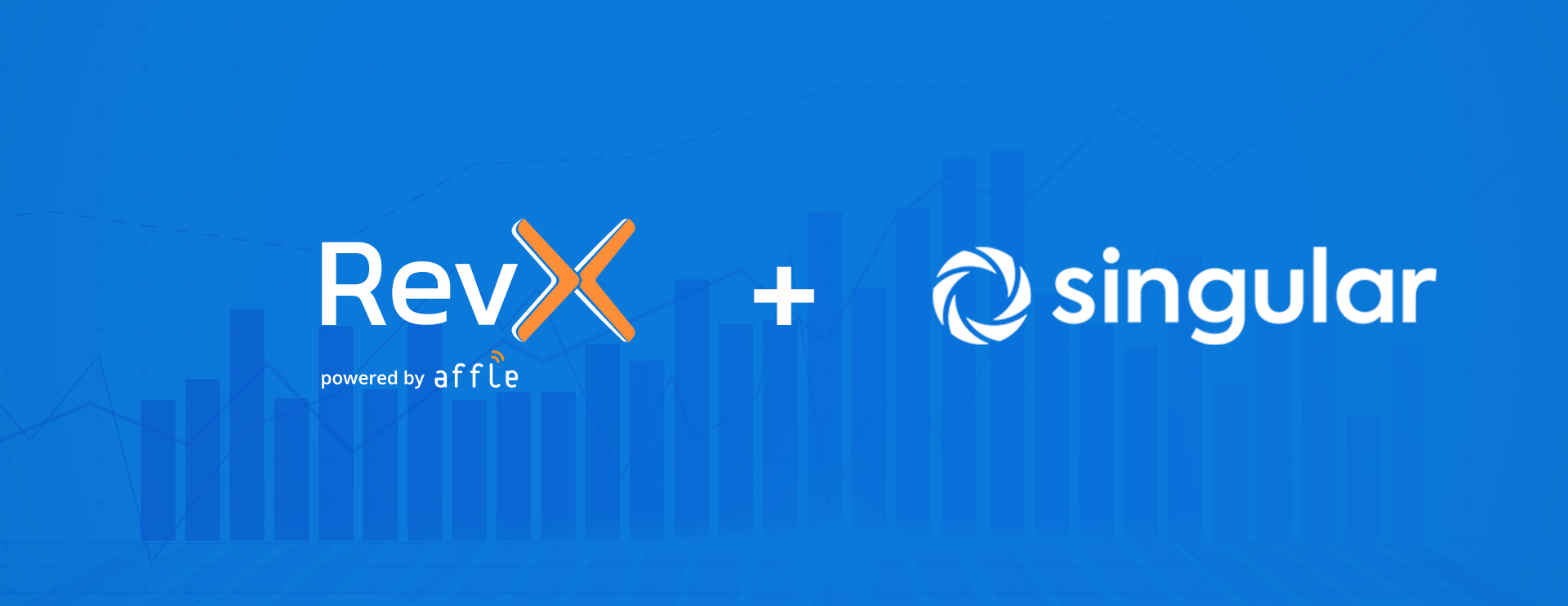In our latest guest post, Adjust discuss the importance of event tracking for the success of subscription apps advertising campaigns. We deep dive into how measurement and tracking empower app marketers to grow their campaigns’ revenue potential.
Subscription-based apps such as Netflix, Tinder, YouTube Premium, HBO Go, and Strava dominated Top App charts in the App Store and Google Play store throughout 2020, and their influence is set to continue soaring in 2021. Already dominating at the beginning of last year, COVID-19 restrictions bolstered subscription-app growth as new swathes of users turned to mobile for entertainment and daily tasks in lockdown.
Adjust research shows that 79% of the top 225 apps in the Google Play store and 49% of the top 225 apps in the App Store are subscription-based – but they account for less than 1% of all apps. Despite this vast potential, unlocking the full potential of subscription revenue has been challenging for advertisers and marketers. This is primarily due to the difficulties associated with tracking the user events that lead to subscriptions and seamlessly attributing them back to their source. Gaining an edge and setting yourself apart from the pack is crucial in unlocking your app’s full potential.
The subscription model and taking advantage of increasing sign-up numbers
Research shows that consumers are trading in services like cable TV in favor of subscriptions for streaming services on smartphones and CTVs. The trend gained momentum in 2015 when Netflix boomed and user habits started to shift. Deloitte reports that, in the U.S., there are more than 300 subscription streaming-video services. Competition is increasing, but so are user numbers and usage times. Their success is global and multigenerational, with a recent Adjust report finding that 55% of Gen Z, 58% of Millennials, and 34% of users 55 and older stream on mobile every day for up to 90 minutes per session. As streaming becomes more popular, subscriptions become more critical – these users spend an average of US $35 per month on subscription apps.
It’s not just streaming where this shift is happening; many users are switching from real-life gym memberships to app subscriptions. A survey by Gympass revealed that 83% of Americans are willing to workout post-pandemic, and TD Ameritrade reports that 59% of users don’t plan to return to a physical gym – that’s a lot of potential subscriptions for health and fitness apps.
The market shows no sign of slowing down, presenting a huge opportunity for marketers to reach and engage new audiences. It’s important to have a bulletproof acquisition and retention strategy and have full visibility over the user journey to ensure that the right users are being acquired. Each step they take in-app is analyzed and understood. This means measuring and tracking. Those with the best data visibility will gain the edge.
The power of subscription tracking
Tracking subscriptions gives insight into the events that take place along the user journey. With this critical insight, marketers and developers can see how users engage with subscription models, which moments are driving conversions, and which pain points are pushing users away.
The types of events to track include:
- When a user starts a trial
- When a user converts
- When a user subscribes with a discount
- When a user experiences billing issues
- Whether a subscription was renewed or not
Take a vertical-specific approach
Understanding the difference between markets and demographics is also vital in developing the right kinds of creatives and campaigns to reach target audiences. Similarly, different approaches should be taken depending on the vertical. If we think about a subscription in a gaming app, a dating app and a streaming app – the user journeys will look very different.
The dating app user might choose to subscribe when they have exceeded the number of people they can match with on a given day. In turn, this might also be the point where they churn. Tracking subscriptions from day one allows you to know exactly which cohorts are pushed to subscribe and which get frustrated and leave. Patterns can be identified that can empower campaign, platform, and budget decisions going forward. It also enables you to test different creatives and retention strategies on cross-platform campaigns – because you can always see what is performing and what isn’t, and which tweaks result in specific improvements in terms of getting the subscription and hanging onto the user.
For gaming apps, difficulty tuning is one of the most important elements to consider. By adjusting the moments at which levels increase and decrease in difficulty, you can influence how long sessions are and reduce churn. It also allows for slowly easing a player into signing up for a premium version or monthly subscription to receive more items or remove advertising – a classic ‘freemium’ model approach. Imagine installing an app and it quickly gets too difficult – you won’t want to sign-up or pay for items because you’ll be frustrated. If the difficulty slowly increases, however, with levels sprinkled in that you can complete with ease, you’ll be more likely to get hooked. Mastering this balancing is a riddle act that measurement and tracking will help you solve. Discovering users’ sweet spots and pain points is exactly how you push subscriptions to the next level.
Measure every step to master subscriptions
With a measurement tool that provides real-time data from all sources on a single dashboard, like Adjust’s Attribution, advertisers and marketers can see which campaigns, creatives, and platforms drive installs. Further to installs, measurement means visibility over the quality of users acquired. A specific campaign might be driving a high number of installs, but those users might churn quickly. Another campaign could yield a lower install-rate, but deliver uses with a high LTV and better conversion rate on subscriptions. This measurement data means a much-improved ability to make budget and creative decisions – enabling marketers to optimize ads for better ROI and focus on retention and re-engagement. Combined with Subscription Tracking, brands can manage consumers’ subscription events and revenue, gaining crucial information on how users are engaging with subscription models. By taking a vertical-specific, demographic-defined approach, you’ll be able to gain a personalized view of cohorts and fully unlock the potential of subscription revenue.
Which platforms, campaigns, and creatives drive the most installs and highest LTV users? What are the sweet spots and pain points along the user journey? Which demographics churn at which times? These are the questions you’ll be able to answer with a fully rounded, data-based strategy that incorporates measurement and tracking – and you’ll be well on your way to mastering subscriptions.
Interested in getting more insights on how you can unlock exponential revenue for your subscription-based app?
Talk to programmatic experts at RevX.



